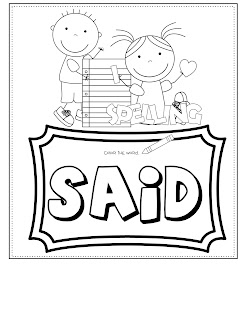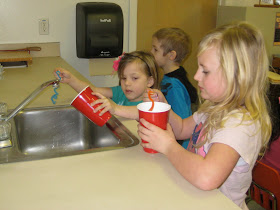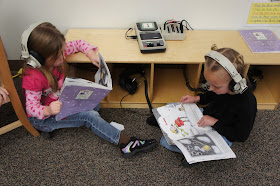The foundation of numbers is crucial to the development of other math skills. In fact, focusing on numbers is so important that kindergarten math programs should devote more learning time to numbers than to other math topics (Common Core Standards, p. 9).
Counting and Cardinality addresses numbers in a variety of ways. As students work to meet the seven standards in this strand, they learn number names, develop counting skills, and make number comparisons. With these skills in place, students can work competently in the other areas of math throughout their school years.
Our Counting and Cardinality packet includes ten lessons/activities to help your students understand the standards of Counting and Cardinality. Each of the seven standards is addressed, with separate lessons provided for subsets of the standards.





























